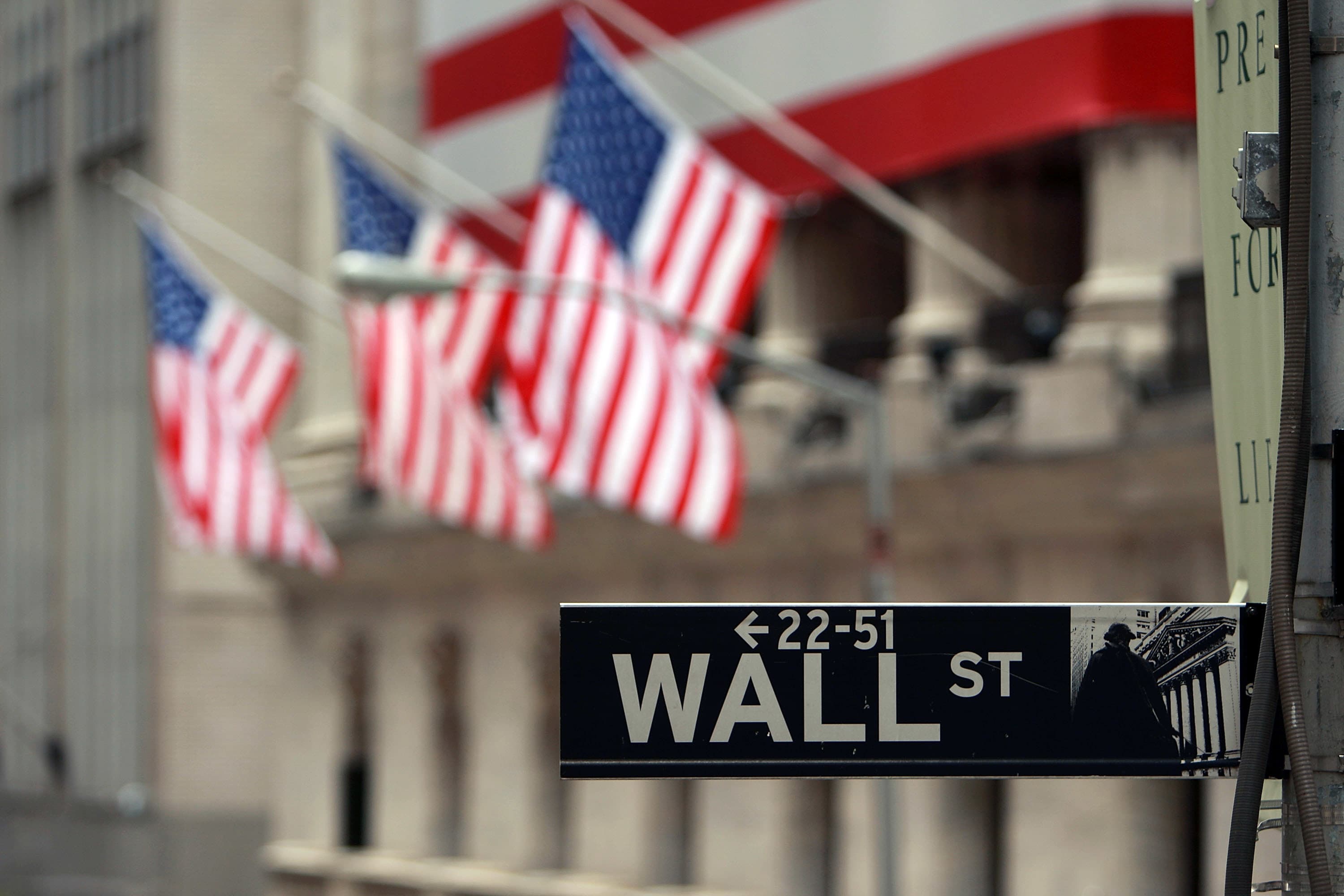Spencer Platt | Getty Images News | Getty Images
Even with election year volatility and no stimulus package in sight, it looks like the stars are aligning for a fourth quarter stock market rally.
Technical analysts say they see underlying trends that signal strength and further gains, including broader groups of stocks participating, like small caps. The small cap Russell 2000 was up 5.6% week-to-date, compared to a 2.8% gain for the S&P 500.
“The Russell 2000 has really been springing higher in the last couple of weeks and has reversed its Q3 consolidation. I think that reflects improving breadth in small caps,” said Ari Wald, technical analyst at Oppenheimer. As October progresses, “seasonals turn better as well, so you have a lot lining up for a year end rally.”
Analysts say the stock market often makes a turn in mid-October after a poor September and choppy start to October. This year, there have been more worries than usual surrounding the presidential election, including that there may not be a clear winner right away or that the election itself could be contested.
“Near-term volatility is always possible, especially heading into such a hotly contested presidential election, but looking at how the market is behaving, it’s positive and supports more upside,” Wald said. But he added, “The Fed is still the primary driver of how stocks are going to perform.”
The stock market came off its highs Thursday afternoon, after House Speaker Nancy Pelosi said there would be no separate stimulus deal for airlines and there needs to be a broader package. She remains at odds with the White House and Senate Republicans on how big a new stimulus package should be and how it should be spent.
At the same time, former vice president Joe Biden continues to gain in the polls against President Donald Trump. Biden was leading by 9.7 percentage points in RealClearPolitics average of major polls Thursday, up from just about 6 points at the start of last week.
Trump’s policies are seen as more positive for the economy and market, but the market seems to be able to gain alongside Biden’s rising poll numbers. Biden is seen as not as positive for the economy since he would likely increase regulation and promises to raise taxes.
“The word is if Biden gets in, they’re going to do this huge stimulus package, which would offset raising taxes,” said Scott Redler, partner with T3Live.com.
The market was on a roller coaster ride this week, dropping Tuesday when Trump said stimulus talks were off, rising Wednesday when he said they could do a piece meal deal. On Thursday it was up and down and up again.
“You’re getting some upside follow through which is welcome for traders. [Wednesday] was the day to put risk back on. The market proved it could still have some commitment to the move that started Sept. 24,” Redler said.
The market has also been able to shake off negative news, “Even with the president and First Lady coming down with Covid, it held higher. Even with no stimulus, it held higher,” said Redler.
Redler said he’s watching to see if the S&P 500 can close above 3,425, and the next target would be 3,479, an area where it could pause temporarily.
“The market has bred confidence stey-by-step so that you can have risk on, and it might be able to work back to its highs for the year,” he said.
Wald said he’s been watching the behavior of certain sectors like homebuilders, which were up by more than 3% Thursday. Many of the builder stocks are near highs. The ITB iShares U.S. Home Construction ETF is breaking out above its 2007 high.
“That’s very telling here. A break of that scale in such a key cyclical industry, that’s got implications that this type of strength can continue for months to even quarters out. I think it’s telling for the overall market, ” Wald said.
He also pointed to other sectors taking the lead, like industrials and road and rail. Tech and big cap growth, sold by some investors as they rotated into cyclicals, should continue to gain. “I think in this low rate world, the premium continues to get placed on these higher growth companies and there’s going to remain that underlying bid for tech and growth,” Wald said.
Chart analysts have been watching the advance/decline line, which hit 90% advancers in the S&P 500 four times recently. “That means a greater group of stocks are advancing, not just the FANG or high growth names that have typically led the market,” Redler said.
The advance/decline line simply measures advancing shares versus declining, and it was four-to-one or at 80% Thursday.
Frank Cappelleri, Instinet executive director, said the advance/decline line was near record highs. “It made a new high in July, the S&P 500 followed about a month later,” he said, noting it has done so again.He said participation of more stocks, evidenced in the advance/decline line helped contain the S&P pullback, which was mostly driven by big tech.
You have to realize there’s a lot going on under the surface,” he said. He pointed to SentimenTrader data that shows when the advance/decline line hits record levels, the S&P 500 is higher a year later.
This is the15th time since 2004 that the S&P advance/decline line rose to a new high when the S&P 500 Index was at least 3% below its own high. In the 14 other instances, the S&P 500 was higher 100% of the time with an average gain of 7% one year later, Cappeller noted.
